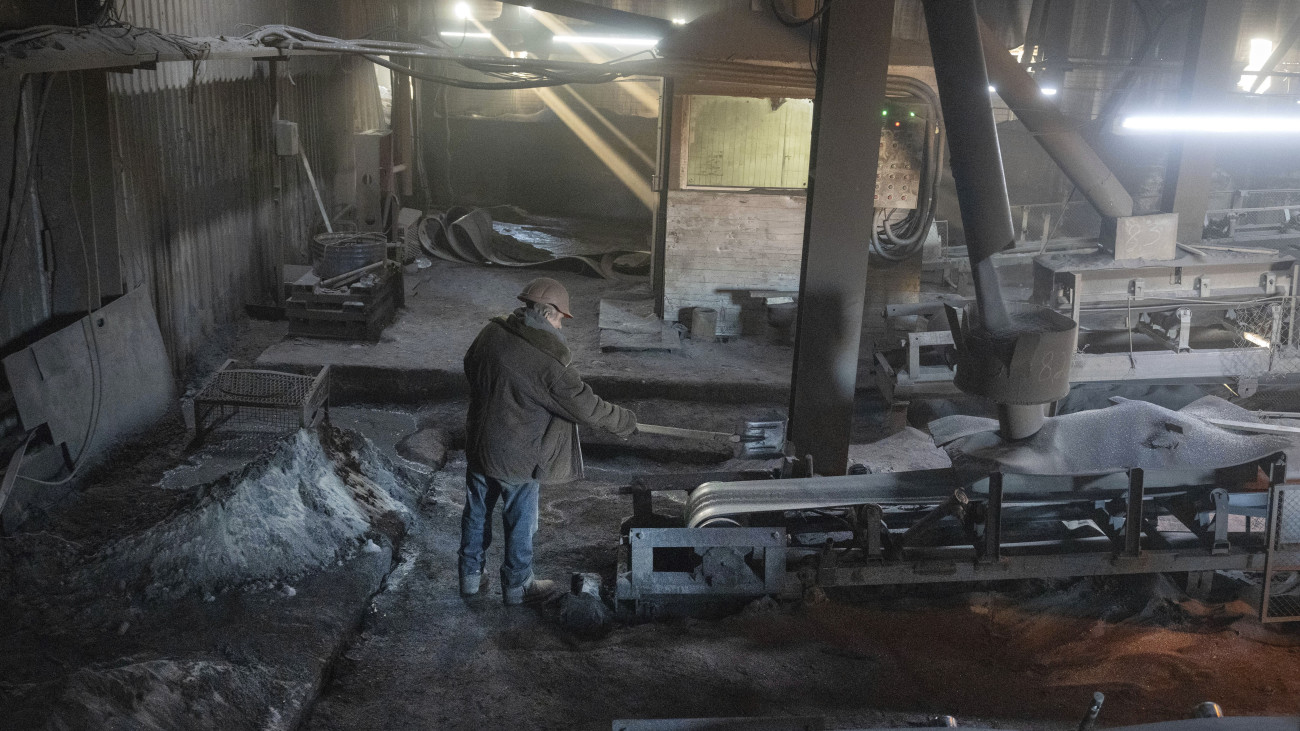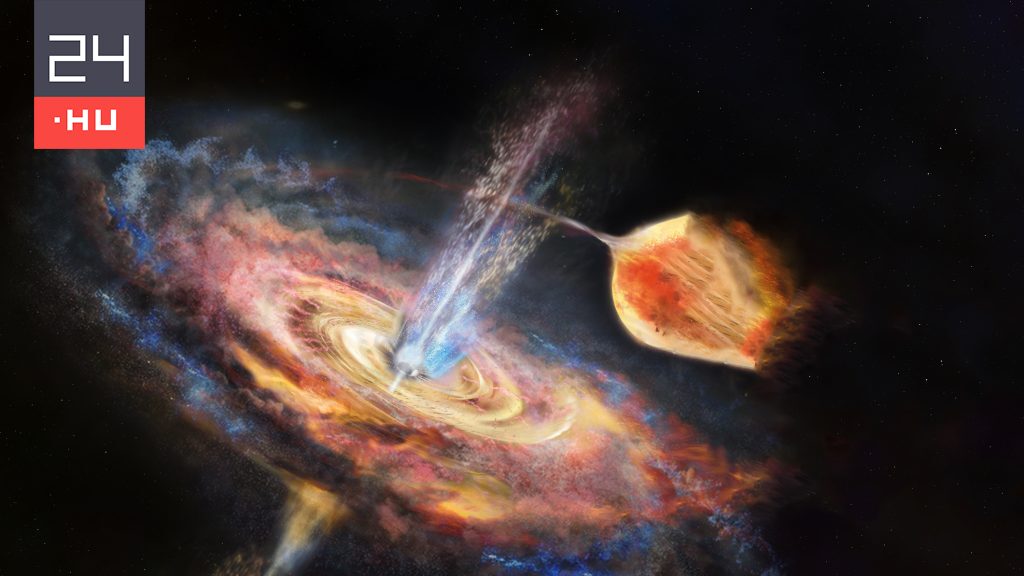The Hubble Space Telescope has captured how a supermassive black hole sucks in a star. live science. The black hole in question is located about 300 million light-years away in the heart of galaxy ESO 583-G004. A star came too close to the body, and as a result, the matter of the celestial body passing through the pores emits high-energy radiation.
When a star approaches a black hole, it exerts an incredible amount of gravity on its near side.
Eventually, the material takes on a donut-like shape and, as it rotates, causes an explosion that can be observed with large optical, X-ray and radio telescopes.
The special advantage of the current investigation is that they were able to observe the process for a longer period than usual, which can help in a more comprehensive understanding of the phenomenon. Peter Maximof the Harvard-Smithsonian Center for Astrophysics and a member of the team, detected stellar winds from the black hole, traveling at nearly 20 million miles per hour.
Despite black holes’ reputation as very voracious objects, most of the material from shredded stars can escape. A black hole sucks in only 1% of a typical star.












































